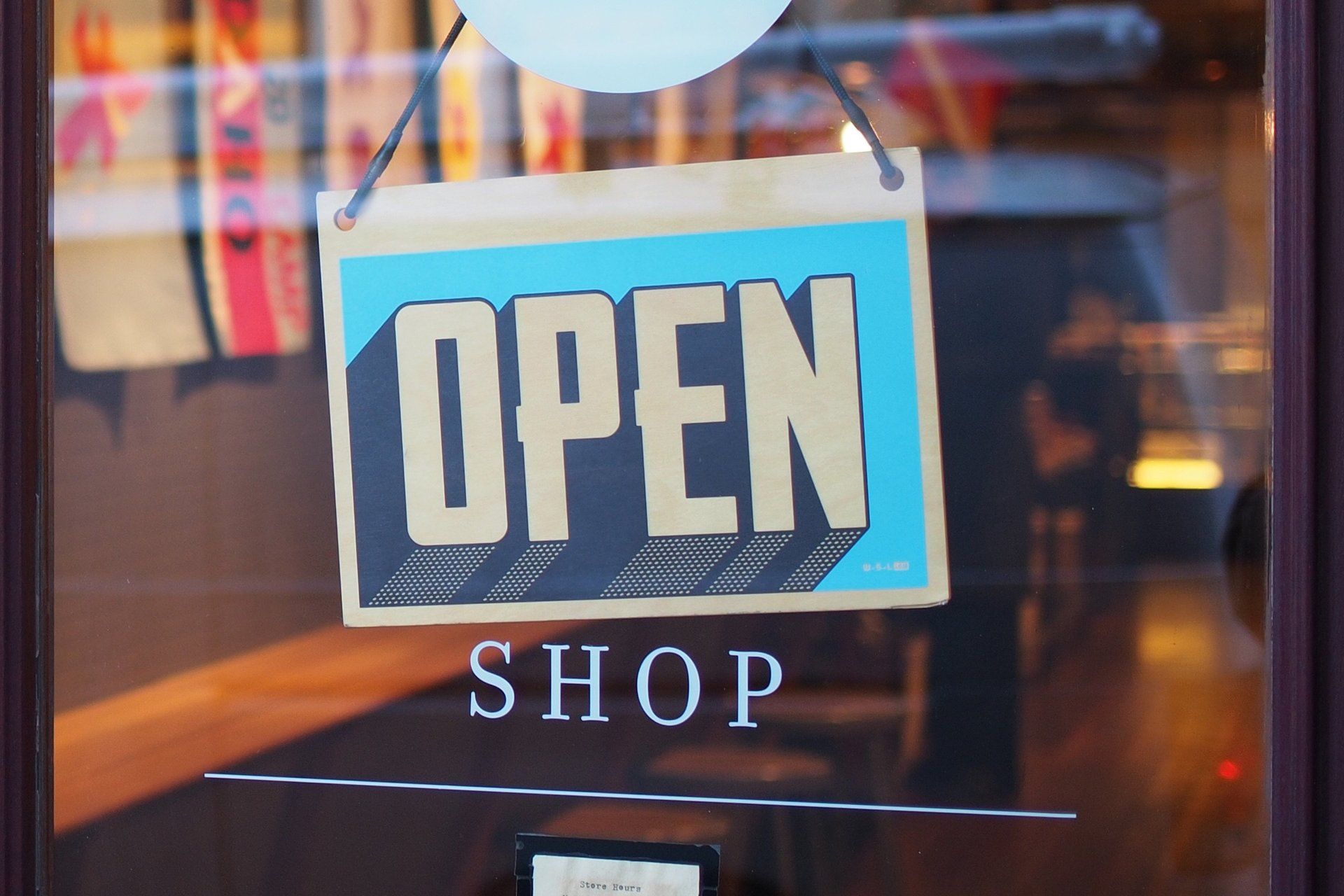
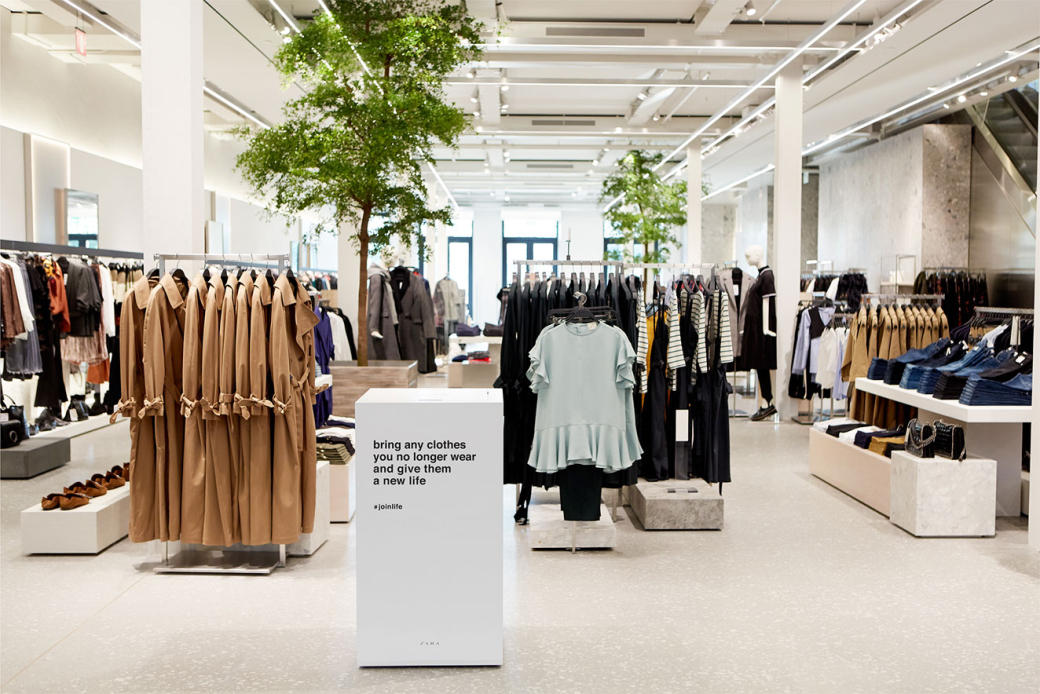
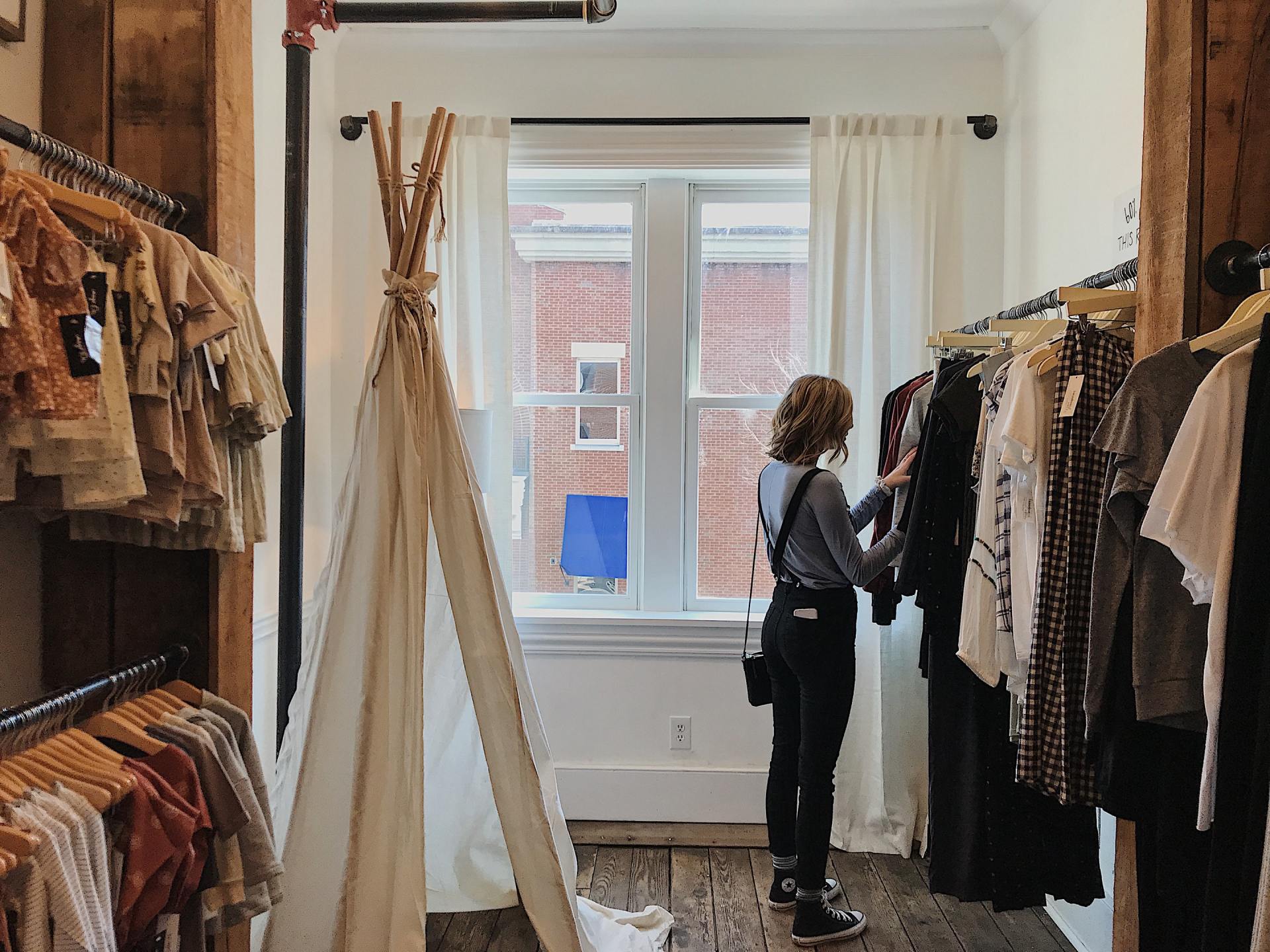
The Case For Convenience. How These Retailers Built Convenience Directly Into Their Brand Experience
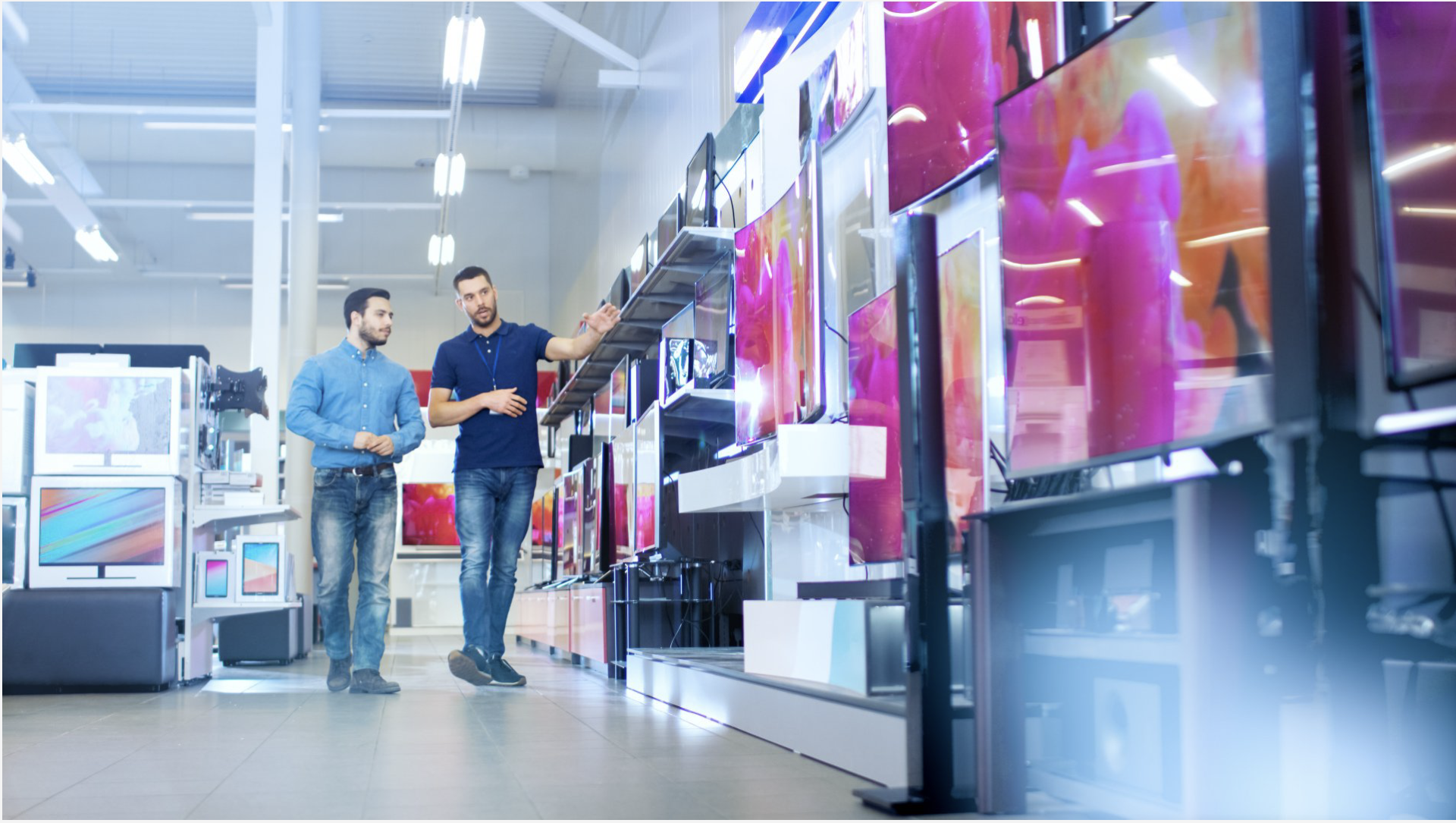
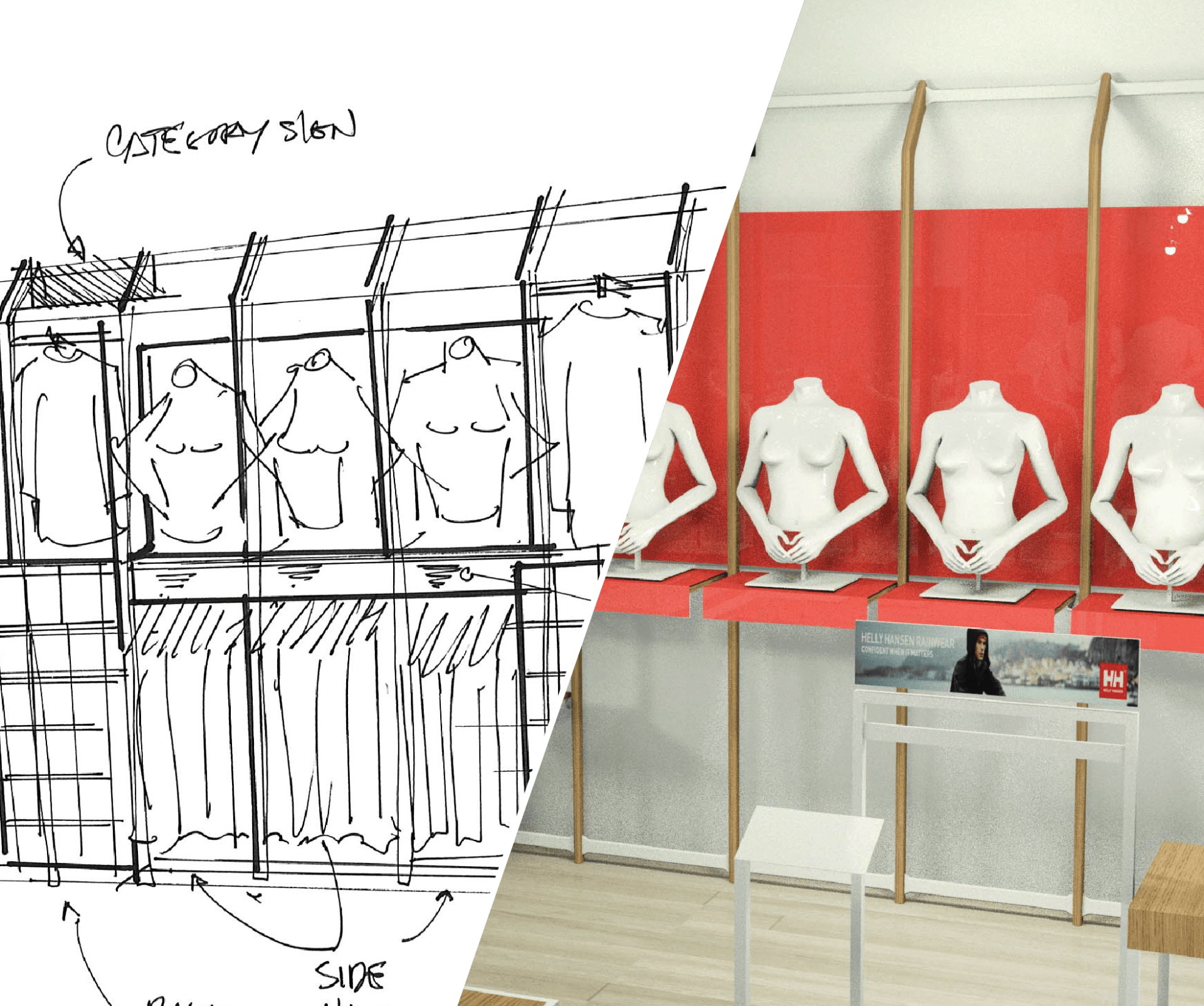
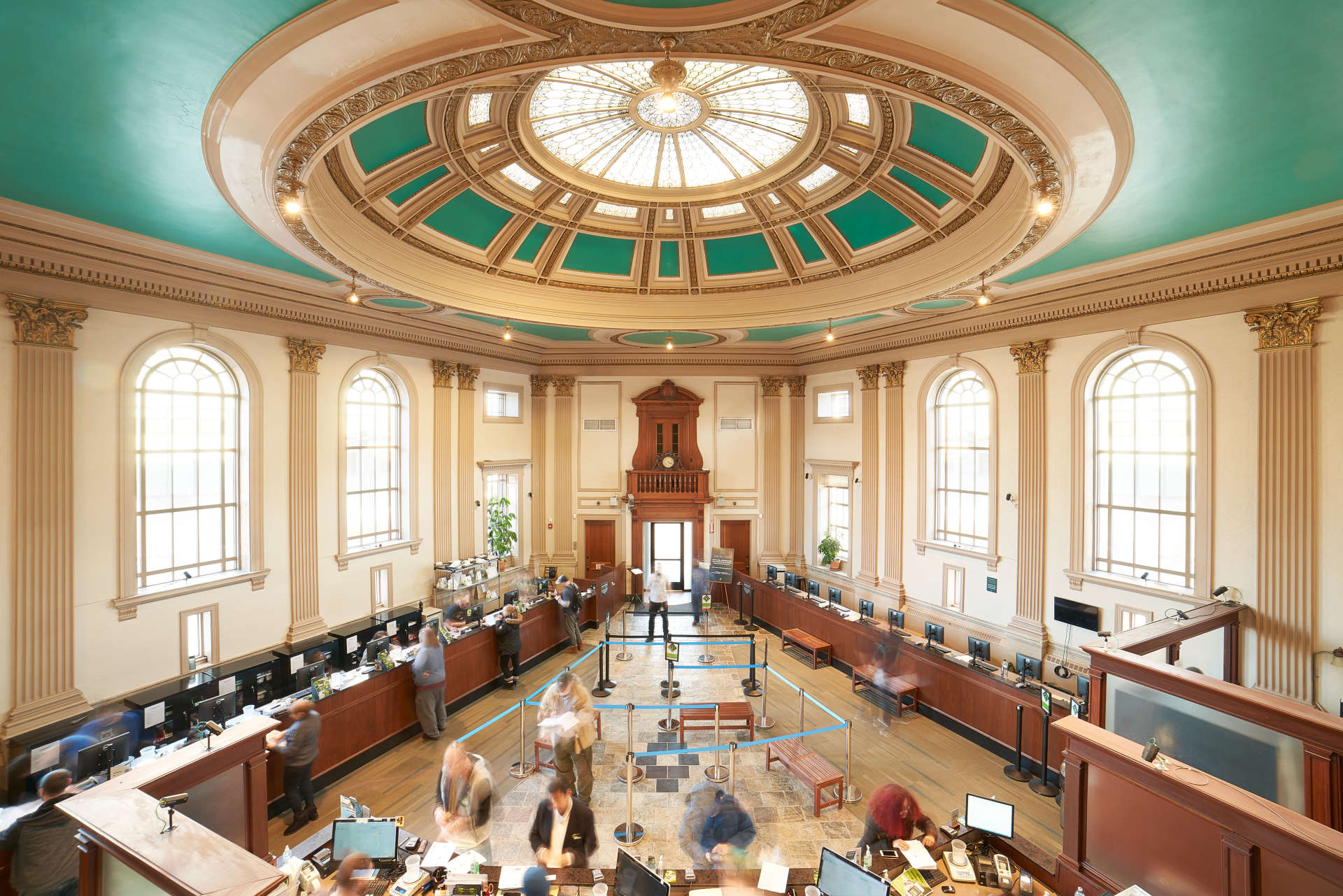
With fixture programs, speed of delivery has always been one of the biggest measures of success. It makes sense. When revamping the experience in brand stores, a speedy fixture roll out and implementation helps the updated design become current and consistent across geographic locations.
When brand stores like Starbucks begin reducing their footprint worldwide, the consistent, comfortable brand presence may no longer be enough. More recently, many retail stores have been pursuing other approaches for a fixture rollout.
As Chain Store Age recently observed, “Where speed was once the primary goal for any rollout effort, the notion of nuanced, site-specific design sensitivity is becoming just as prevalent.”
Issues of unit economics and maintaining project schedules are sometimes cited as reasons that it is challenging to localize store concepts. However, there are any number of strategies that help to provide a localized element for at least some stores in a fixture roll out and implementation plan:
Localizing at least some retail store designs makes great business sense. For larger retailers, localized store concepts are nearly impossible for competitors to track, and therefore hard to copy. Retailers have learned through hard experience that look-alike stores just take a company one more step towards becoming a commodity, with slower growth and reduced profits.
Wherever you are in your design or redesign process, contact the professionals at Quarter20to work through next steps in creating and executing your custom fixture rollout and implementation.





